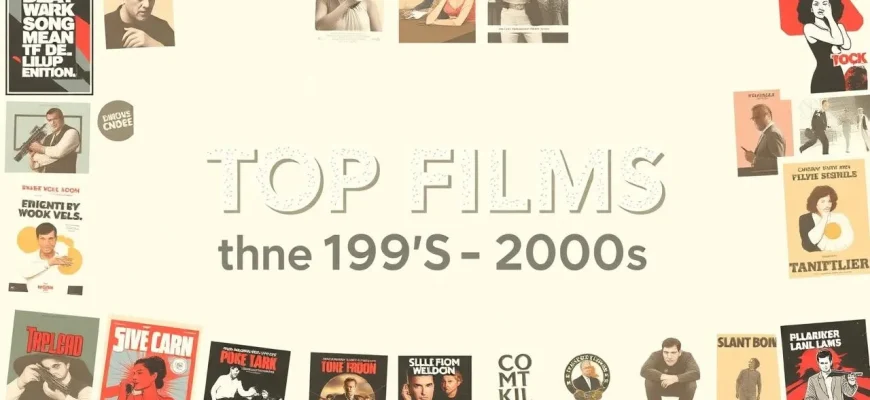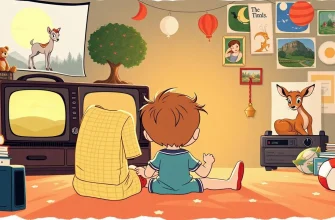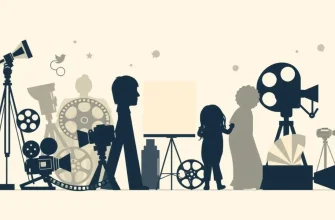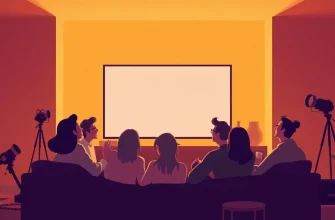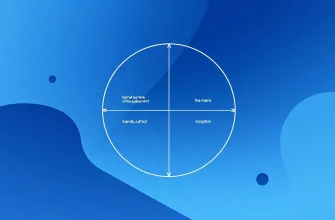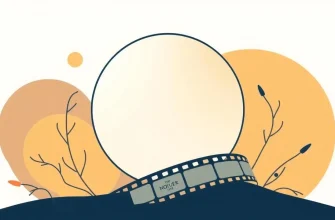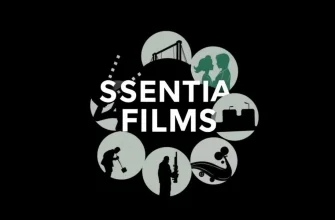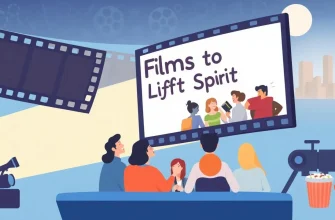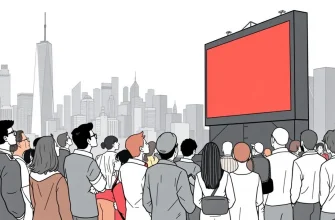This curated list of films set in the vibrant and transformative years from 1980 to 2000 offers a nostalgic journey through some of the most memorable moments in recent history. These films not only reflect the cultural, political, and technological shifts of the era but also provide a rich tapestry of storytelling that resonates with audiences today. Whether you're looking for a trip down memory lane or an exploration of a time before your own, this collection promises to entertain and enlighten.
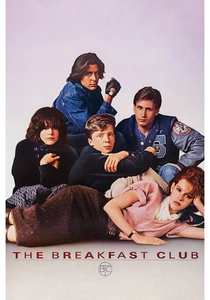
The Breakfast Club (1985)
Description: This iconic John Hughes film captures the essence of teenage life in the 1980s, exploring themes of identity and social hierarchy through the lens of a Saturday detention.
Fact: The film was shot in sequence over five weeks, allowing the actors to develop their characters naturally. It was also one of the first films to feature a diverse cast discussing real issues like peer pressure and family expectations.
 Watch Now
Watch Now
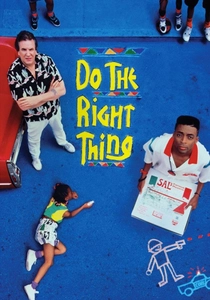
Do the Right Thing (1989)
Description: Spike Lee's provocative film set on the hottest day of the year in Brooklyn, addressing racial tensions and community dynamics in the late '80s.
Fact: The film was shot in just 40 days, and Lee used real-life experiences to craft the story. The famous "Fight the Power" song by Public Enemy was specifically written for the movie.
 Watch Now
Watch Now
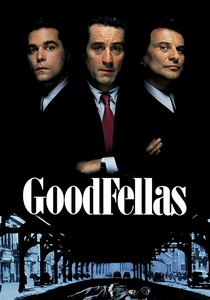
Goodfellas (1990)
Description: Martin Scorsese's masterpiece delves into the life of Henry Hill, a small-time gangster in New York, offering a gritty, real portrayal of the mob life during the late 20th century.
Fact: The film's famous "Copacabana" tracking shot was done in one take, showcasing Scorsese's innovative directing style. Also, the real Henry Hill was on set as a consultant, ensuring authenticity.
 Watch Now
Watch Now
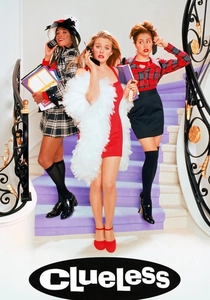
Clueless (1995)
Description: A modern adaptation of Jane Austen's "Emma," set in the '90s Beverly Hills, this film captures the fashion, slang, and social dynamics of the time.
Fact: The film popularized phrases like "As if!" and "Whatever!" It also helped launch the careers of several young actors, including Alicia Silverstone.
 Watch Now
Watch Now
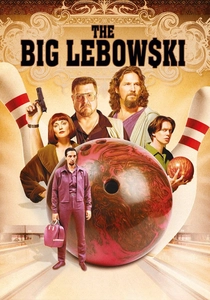
The Big Lebowski (1998)
Description: The Coen Brothers' cult classic about a slacker named "The Dude" caught up in a kidnapping scheme, reflecting the laid-back yet chaotic vibe of the '90s.
Fact: Jeff Bridges improvised many of his lines, contributing to the film's unique dialogue. The film has inspired a subculture known as "Dudeism."
 Watch Now
Watch Now
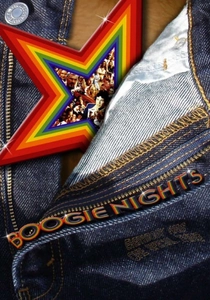
Boogie Nights (1997)
Description: Paul Thomas Anderson's film explores the rise and fall of the adult film industry in the '70s and '80s, capturing the era's excess and cultural shifts.
Fact: Mark Wahlberg's character was inspired by real-life adult film star John Holmes. The film's title refers to the slang term for a night of partying.
 Watch Now
Watch Now
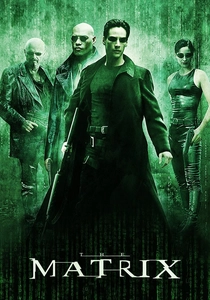
The Matrix (1999)
Description: This sci-fi action film redefined visual effects and storytelling, set in a dystopian future where reality is a computer-generated dream world.
Fact: The Wachowskis developed the concept over several years, and the film's "bullet time" effect was groundbreaking at the time. Keanu Reeves did most of his own stunts.
 Watch Now
Watch Now

American Beauty (1999)
Description: A dark comedy-drama that examines the undercurrents of suburban life in the late '90s, focusing on a midlife crisis and the American Dream's disillusionment.
Fact: Kevin Spacey won an Academy Award for Best Actor for his role. The film's iconic rose petal scene was shot in slow motion to enhance its surreal quality.
 Watch Now
Watch Now
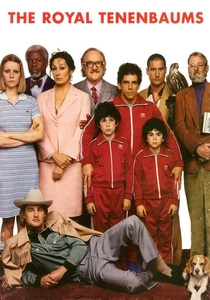
The Royal Tenenbaums (2001)
Description: Wes Anderson's quirky family drama, set in the late '90s, follows the dysfunctional Tenenbaum family, showcasing the era's unique aesthetic and storytelling.
Fact: The film was shot in a pastel color palette to reflect the whimsical nature of Anderson's style. The soundtrack features music from the '60s to the '90s, adding to the film's nostalgic feel.
 Watch Now
Watch Now
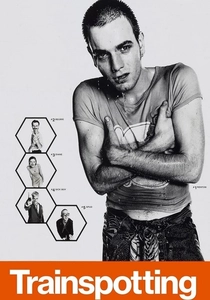
Trainspotting (1996)
Description: This British film captures the raw energy and despair of Edinburgh's heroin scene in the '90s, with a soundtrack and style that defined a generation.
Fact: The film's title comes from a slang term for the act of injecting heroin. Danny Boyle used a unique visual style, including fast cuts and freeze frames, to reflect the chaotic lives of the characters.
 30 Days Free
30 Days Free

